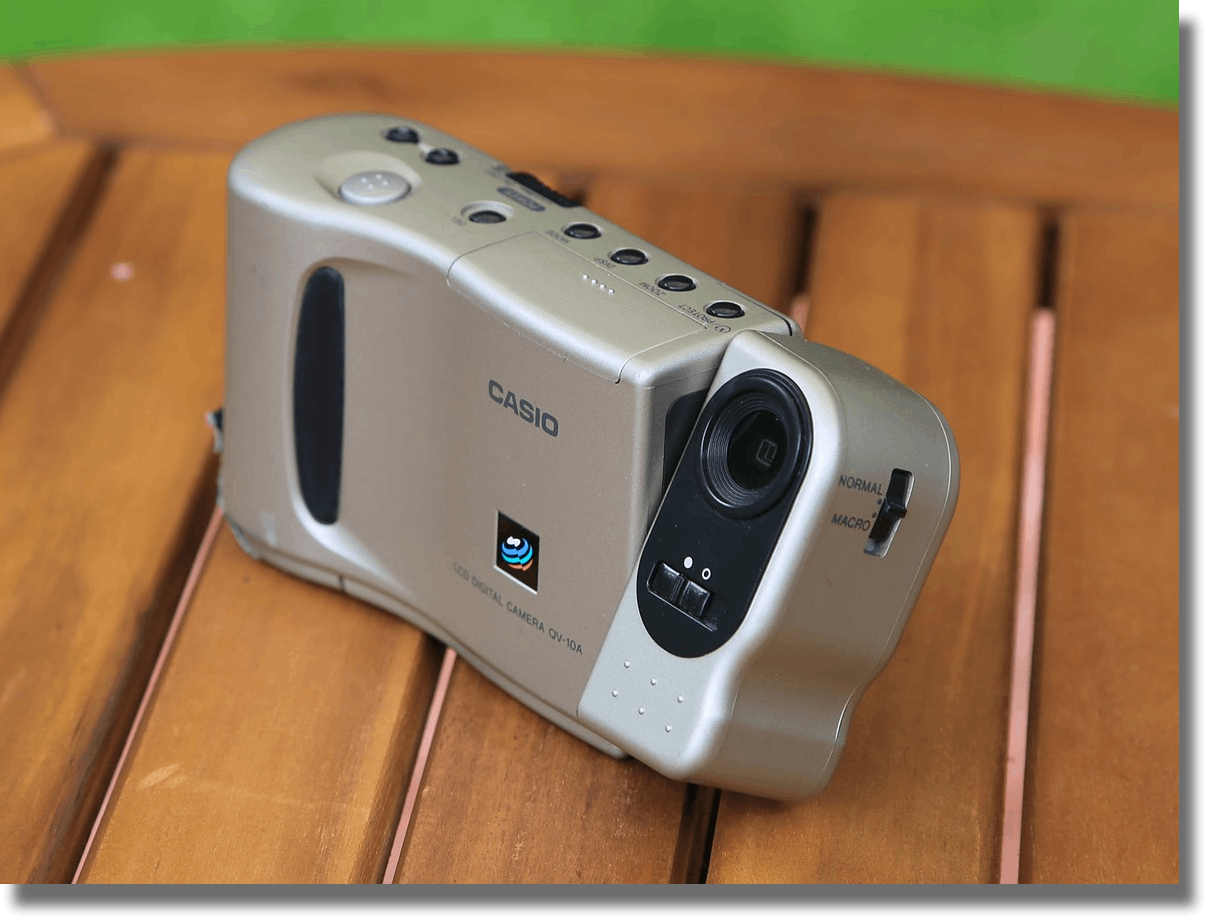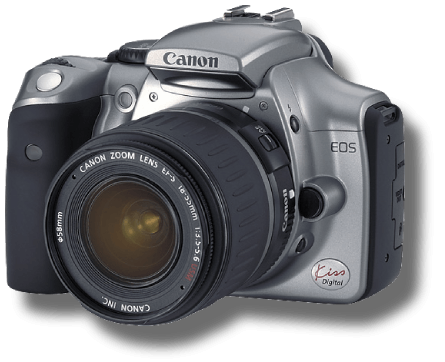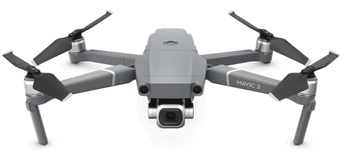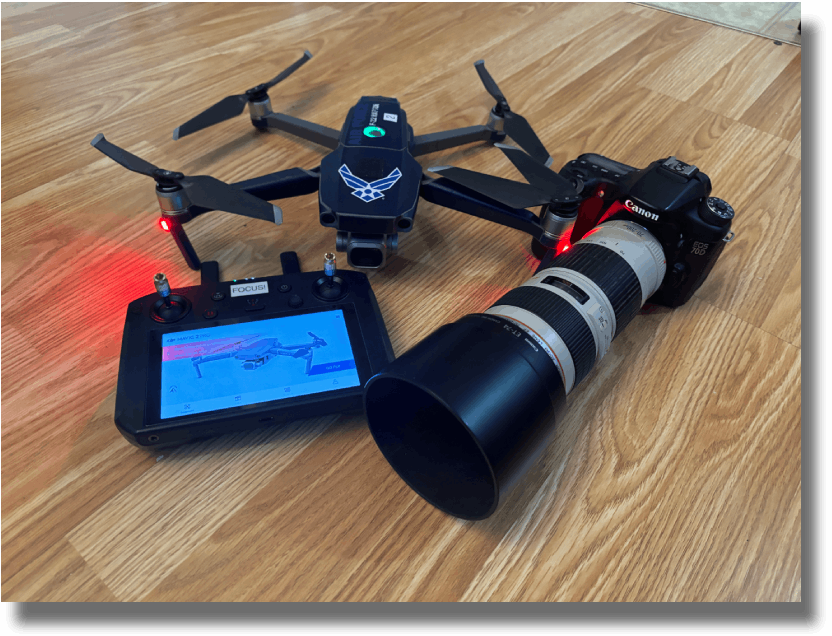Back then, it was difficult to find a photo shop that could process digital images and provide you with prints. “Japan Camera”, in the Charlottetown Mall, was the first place locally that did them, and it took a day or two to get your prints.
A few years later, a couple of locals started a digital printing company, “Prism Digital Imaging”. They opened the door to large format prints from digital files. However, they too took a few days to produce results.
| Around 2013, a friend of Mark’s showed him a video that her brother had shot with his new drone he had just purchased. After some quick research, he HAD to have one. DJI was the stand-out brand at the time and he purchased his first drone, a DJI Phantom 1. In 2013, drone technology was fairly new to the consumer market. They had GPS capability, however it was un-reliable at best. “Flyaways” were regular occurrences for users of this new tech. The camera aspect of the drone was simply a Go Pro camera strapped to the bottom of the drone. | 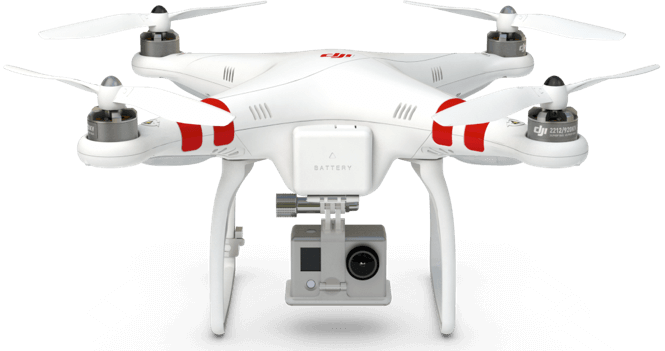 Phantom 1 Phantom 1 |
Over the next 2 years, Mark upgraded and modified the drone to have FPV (first person view video feed), telemetry overly and gimballed camera mount, which significantly improved the video quality.
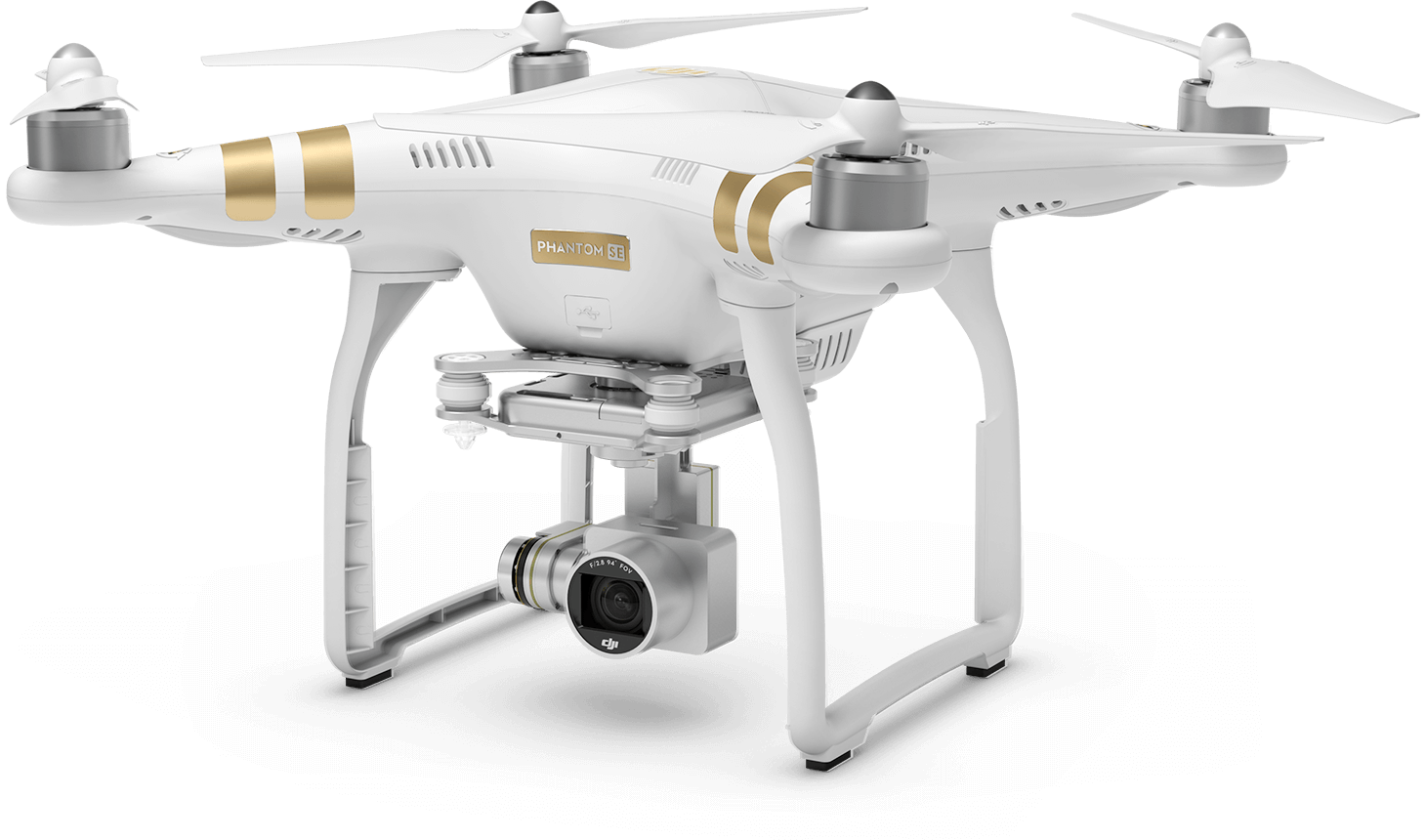 Phantom 3 Professional Phantom 3 Professional |
In 2015, DJI released the brand new Phantom 3 series. This was a major improvement in technology. It featured “Lightbridge” connectivity and built in camera and gimbal. This was a game changer in the consumer drone industry. These drones flew like a dream and most of the problems that plagued the Phantom 1 and 2 were resolved. Mark continued to fly his Phantom 3 series until 2022. |
In 2019, Transport Canada, along with many other organizations in the world, decided that there needed to be oversight and regulations regarding the growing hobby of unmanned aircraft for the safety of those manned aircraft in the sky. They developed a licensing program that offered two tiers of license. A “Basic” license allowed you to fly a drone (between 250g and 25kg) in areas that were not in controlled airspace, under 400 feet of altitude and within 30 meters of people. An “Advanced” license required more knowledge about aviation, however it allowed you to fly in controlled airspace and much closer to people (with the appropriate approvals). An Advanced license requires your knowledge and capabilities to be verified by someone certified by Transport Canada, called a “Flight Reviewer”.
Mark had his basic license before the rules came into effect and had his advanced license a month later. In 2020, he decided to go one step further, study and take the exam to become a Flight Reviewer through Transport Canada. He partnered with Volatus Aerospace in Slemon Park PEI and performs many flight reviews for them every year.
We would like to thank everyone who has supported us over the past 20 years. From those who purchased photos, to those who hired us for jobs, to those who were subjects in front of the camera. We have formed a lot of great friendships through this hobby. Hopefully we were able to create some great memories and put a smile on your face!

